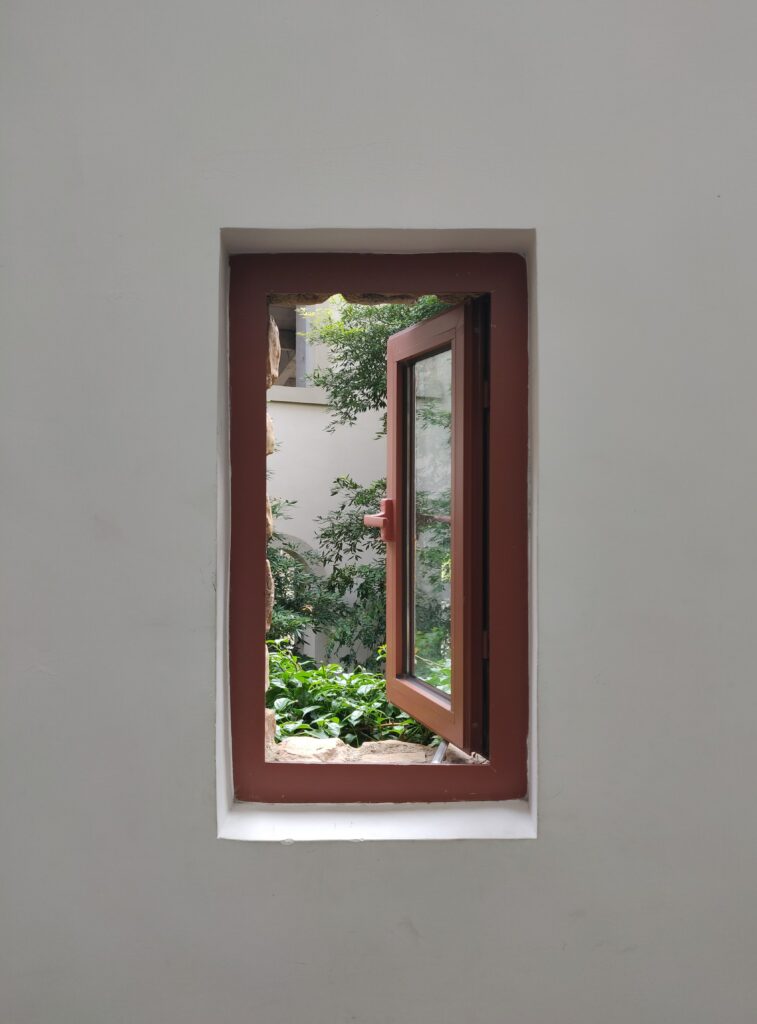
Agoraphobia is a type of phobic disorder in which all related to anxiety. You avoid locations or activities that make you feel difficult to escape, lose control, or are embarrassed. You feel like you will not control a distressing incident (e.g., panic attack, incontinence) in certain places. Because if you can not get the proper help you need when the incident occurs, you could feel anxious and panicked.
What is being outside means in agoraphobia

People who have agoraphobia are afraid of visiting ‘unsafe’ places. To clarify, mainly outside the home. The meaning of ‘unsafe’ places can vary from person to person. Public transport and places like trains, planes, supermarkets, and shopping malls are included. Indeed, it usually gets busy and quickly be in a crowd.
Also, a person with agoraphobia can fear places or situations such as standing in line, going outside the home without company, enclosed spaces (tunnels, bridges, elevators), and any public places (church, empty park). In many cases, agoraphobia develops after experiencing panic attacks outside the home. Therefore, a person who experienced before worried having another panic attack while alone at the outside house. In reports of clinical cases, persons who have severe agoraphobia might be unable to leave their home or go to a specific place for a long time (e.g., a year).
Symptoms of agoraphobia

- Feel anxiety as a result of being separated from a ‘safe’ place.
- Tightening of the muscles, dry mouth, increased heartbeat, and a sudden feeling of heat in the upper body.
- Beliefs of they can not stay in specific places, need to know the way out, feel going to be unwell shortly, or lose control of the situation.
Trying suggestions

These are a few suggestions that might help people who have experienced similar or mild symptoms of agoraphobia.
Agoraphobia is an anxiety-related phobic disorder, so managing stress and relaxation is an essential part of it.
- Try ‘Body Relaxation.’ Firstly, in a comfortable position, sit or lie and close your eyes. Try to focus on each part of your body, start from the feet to the head, let it become mindful and relaxed. 10 to 20 minutes per day.
- Try ‘Diaphragmatic breathing.’ Before going to sleep, count 10 breaths. First, inhale to the count of 2 and then exhale to the count of 4. Calming, anxiety reduction and better sleep quality are the goals of this breathing exercise.
- Try ‘Visualization Exercise.’ Imagine yourself facing your own fears. Choose a situation that you want to confront and visualize yourself in the actual circumstances. (e.g., Fear of train. “I am getting in the car to go to the train station, parking the car at the parking lot of train station, walk inside the train station, enter the ticket gates,…”)
Read another Phrens blog post Is Anxiety Always a Bad Thing?
References
Photo by Richard Wang, Tomas Anton Escobar, Kelly Sikkema, Jan Gottweiss on Unsplash
- Passer, M & Smith, R. (2015). Psychology: The science of mind and behaviour. (2nd ed.). McGraw-Hill Education.
- Mayo Clinic. (2017). Agoraphobia. More information here.
- Better Health Channel. (2020). Agoraphobia. State Government of Victoria. More information here.
- Pelúcio, L., Nardi, A. E., & Levitan, M. (2017). Report of a Clinical Case in Agoraphobia: The Challenge to Fly. Global Journal of Intellectual & Developmental Disabilities. More information here.